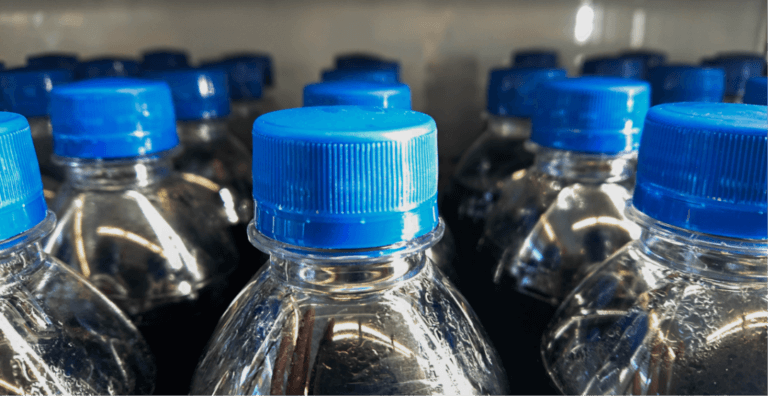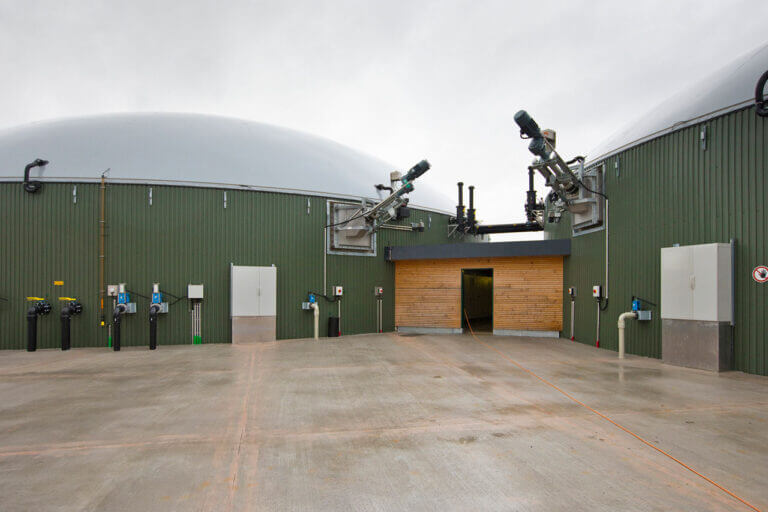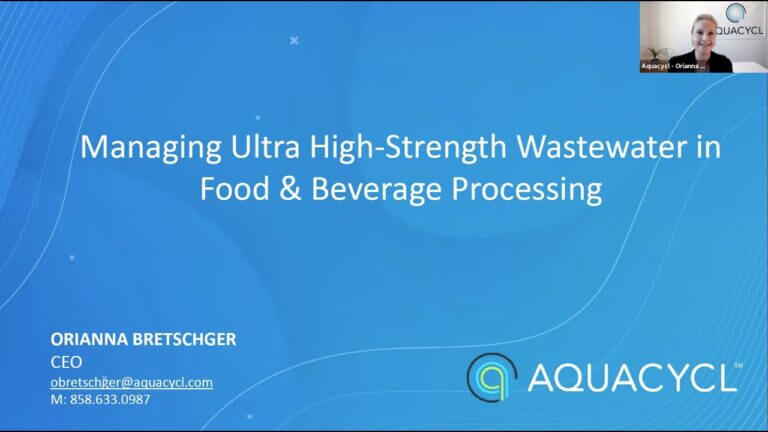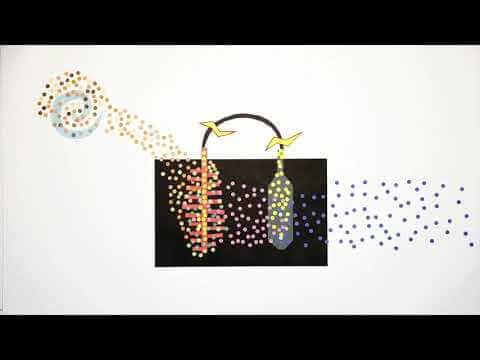Water quality and availability are central to production in the beverage industry. Leading beverage companies recognize the impact and importance of water to their operations and the communities they operate within and have well-developed strategies to replenish the watersheds. Leaders from PepsiCo, Coca-Cola, Diageo and Brown-Forman discussed in a recent panel how they are approaching water strategy and the role of water reuse in achieving their corporate goals. They explored challenges, tools and frameworks, and the necessity for collaboration to achieve their water stewardship goals.
Water is a local resource
The most important aspect to consider when putting in place programs to address water strategy is that water is a local resource. Unlike GHG emissions, water cannot be measured on a global basis. Actions taken to replenish in one area don’t count toward what happens in another. As companies have matured, they have shifted efforts to take into account the local context and needs, and address those in different ways.
The local nature of water adds complexity for large companies that are navigating multiple watersheds. Policy, costs and regulations differ significantly across locations for a single company; what is relevant in one site may not be relevant at another. Existing local policies can limit efforts such as water reuse, or require additional data or treatment.
When looking at a watershed level, there are multiple stakeholders involved, which makes collaboration important. Collaboration could be across companies, industries, utilities and NGOs. Engaging multiple stakeholders to take collective action within a watershed is difficult, as it requires companies to look outside what they can directly control within their operations.
Reducing direct water usage
The easiest area to address is water in operations as it is something that companies have direct control over. This is something that companies have been working on for 20+ years, and have already achieved direct water reduction of up to 40-50%. In 2021, PepsiCo announced that they are going to be net water positive by the year 2030, and a large part of being net water positive is shrinking the footprint of fresh water usage in their direct operations.
Measuring impact
The metrics used to measure traction on water strategy have traditionally focused on direct operational KPIs such as water use ratio, but they are now starting to shift to measure impact on the community. This takes into account both water use and water replenishment, which is especially important for sites located in water-stressed areas.
“It’s important that increasingly companies are looking outside the four walls and using metrics that try to measure their impact externally. We’re also increasingly using that methodology to try and measure how much water we’re trying to put back into the catchments that we’re extracting water from [which is] a KPI that we measure on a monthly basis.” – Michael Alexander, Global Head of Water, Environment, Agriculture Sustainability at Diageo
Water reuse as one way to reduce water usage
One of the challenges facing beverage companies is that they have been reducing water usage for decades. As the low-hanging fruit is implemented, there are fewer opportunities to reduce water usage. An opportunity to further reduce fresh water usage is to reuse process water within the plant, but it is a daunting challenge across multiple dimensions, including cultural perception, policy, and technical challenges.
The easiest reuse opportunities are internal reuse, such as implementing simple piping changes, a filter or minimal treatment that enables reuse from one point to another. This alone can have a huge impact on water use ratio, dropping it by 20-25%. The more difficult reuse opportunities are the ones at the end of the pipe. Although no company is using recycled water in applications that come into contact with the product, the water at the end of the pipe could still be minimally treated and reused for applications such as onsite irrigation, truck washes, boilers or cooling towers.
Changing perceptions
The societal factor is often the limiting factor for water reuse, as the process water from food and beverage manufacturing can be treated to clean, good quality water. Technologies exist today, but with a large manufacturing operation, there is only so much water that can be used in applications that don’t come into contact with the product.
“You are left with surplus water and the best place to put it is at the front of the plant where you could reapply the water all over again. The challenge we run up with is the “yuck factor”, or what will people say.” – Rajendra Gursahaney, VP Engineering PepsiCo
“We have to judge water by its quality, not its history” – Paul Bowen
Changing mindset also extends to water scarcity, and how people view water. In Western countries, water is plentiful, but there is an opportunity for multiple stakeholders, including corporations, to help spread the message of the value of water. Addressing consumer perception is a key element to expanding reuse, but there are other policy changes that can help address water reuse between industries.
Industry co-location
Similar industries are usually grouped together, where food plants are located next to other food plants. Cities should incentivize co-locating industries of different nature to enable water sharing. Water sharing of low quality, poor grade water for one use can be perfectly good water use for another. For example, the water used for cement doesn’t have to be food grade water, and the brine from a food plant could be good enough for someone in the minerals industry.
This comes back to collective action – across companies, industries, NGOs and with the utility. Sometimes individual companies don’t have the resources or the contacts and influence to be able to make it happen on their own. It is important that the local utility plays a role in these discussions, as they are an important stakeholder and have the power to determine whether reuse between sites is allowed.
Sharing knowledge and resources
The importance of water cannot be overstated, for corporations and for the communities they operate within. When it comes to technical matters around water and environment, industries need to have a forum to share questions, ideas and practices to improve collective decisions. This was the stimulus to create the Beverage Industry Environmental Roundtable (BIER), which is a model for industry collaboration. By working together on common projects, sharing successes and failures, they can learn from each other and accelerate the journey for everyone.
Companies that are well on their journey of water stewardship utilize a variety of tools and frameworks. Some of these include:
- WWF Water Risk Filter, which helps companies prioritize actions based on the water risks of each site
- Alliance for Water Stewardship, which provides a framework to understand water use and impacts, and to work collaboratively across multiple stakeholders to improve the watershed
- BIER benchmarking, which examines water and energy use in the beverage sector
The role of the beverage industry in their own words
“The bigger picture here in terms of climate change in the water crisis is really important for us to recognize as well what’s outside our four walls, what we can’t control. The climate crisis is a water crisis. The impact of climate on many countries and communities is around water. We are held responsible for the impact that we have and that we address that and sometimes it’s a very positive way in which we can address that.” – Michael Alexander











